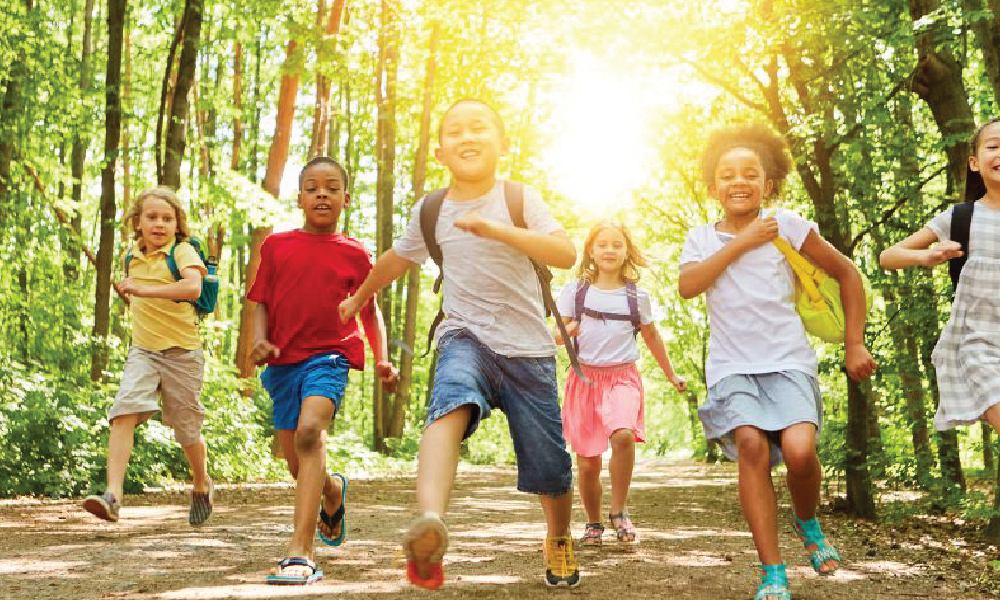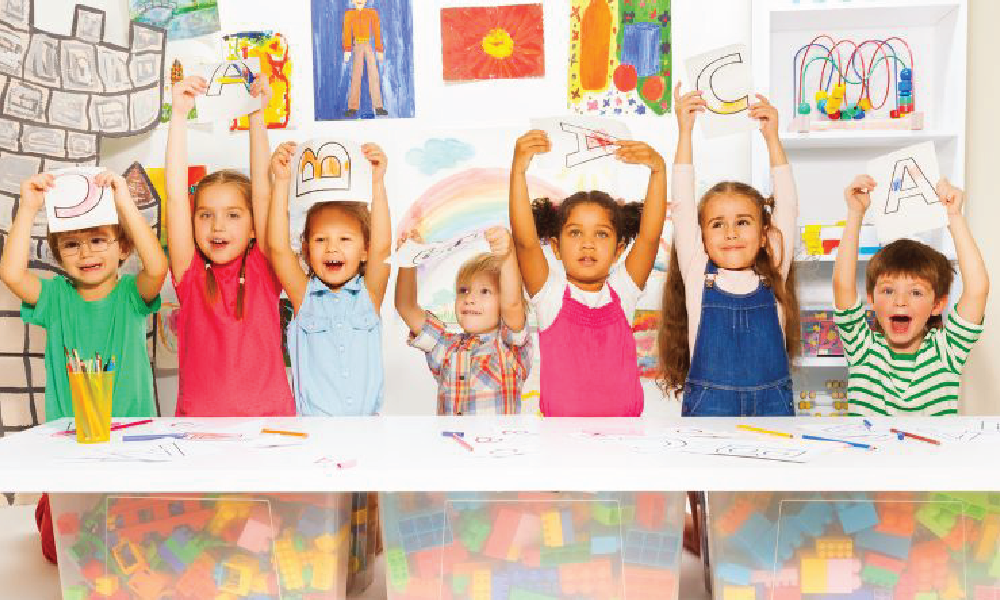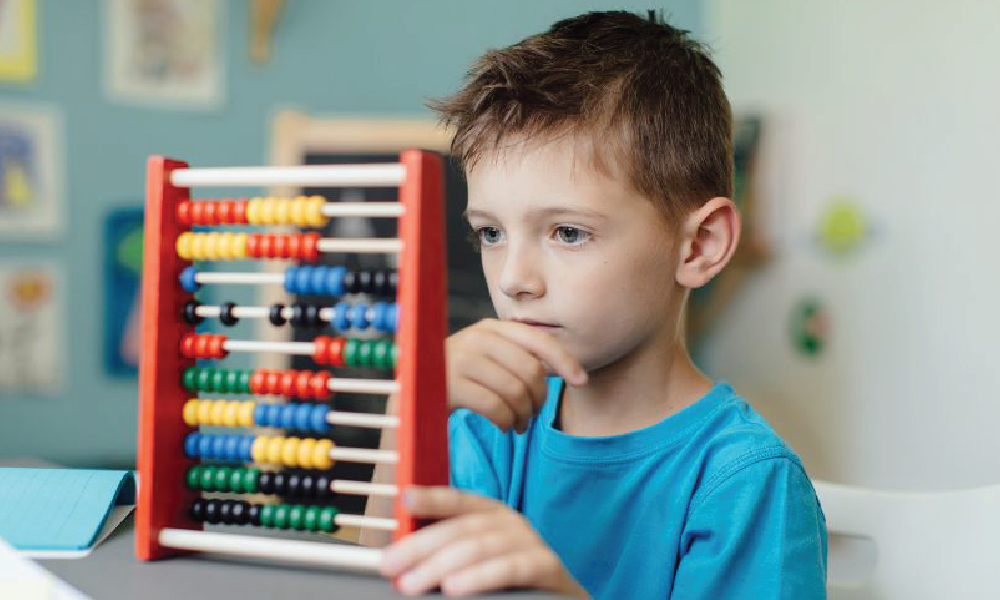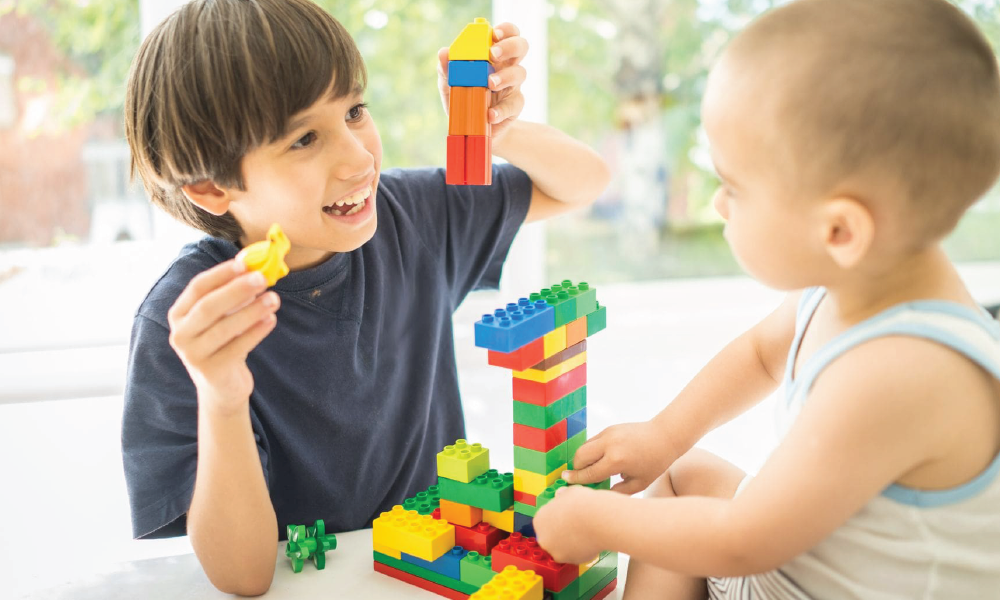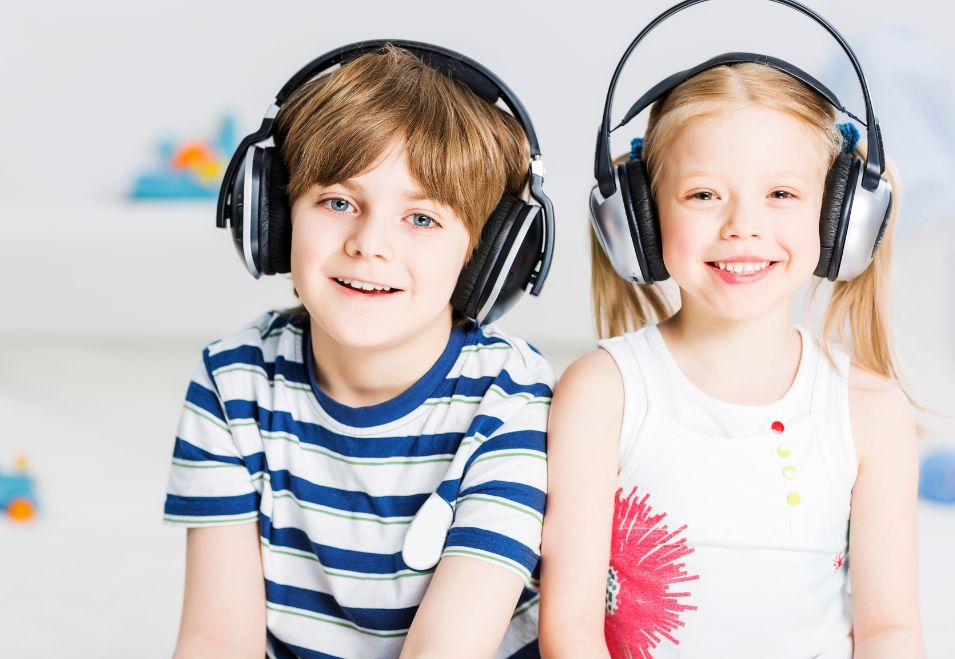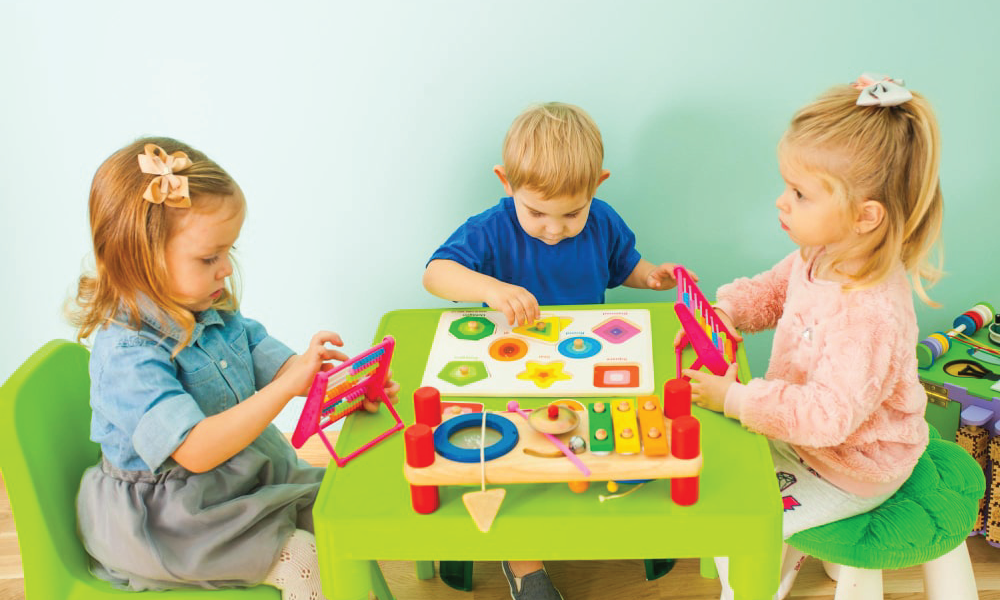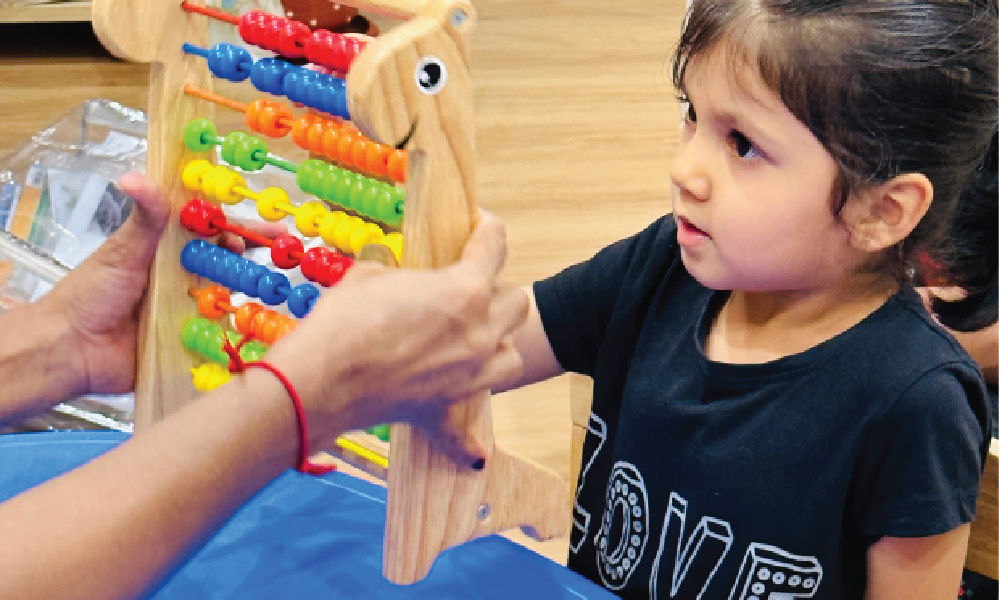Are you tired of hearing the dreaded words, “I’m bored!” from your kids during summer vacation? Well, fret no more!
As parents, educators, and caregivers, it is crucial to understand the stages of cognitive development in children. These stages not
In today’s ever-evolving world, critical thinking ability has become a crucial skill for success. As we navigate through a sea
As a parent, you want your child to grow up healthy, happy, and well-rounded. You encourage them to eat nutritious
In the fast-paced world we live in, it’s important to provide our little ones with right brain activities for toddlers
Extracurricular activities for kids play a crucial role in shaping the overall development of children. While academics remain a priority,
As parents and caregivers, we understand the importance of keeping our children engaged in activities that are not only fun
Parents and caregivers are eager to engage their children in meaningful activities that not only bring enjoyment but also contribute
For healthy brain development, the amount of love and affection plays a very important role in every child’s upbringing. Being
Eating healthy is undoubtedly an important aspect of leading an enriching life. However, as parents, it might be challenging to

